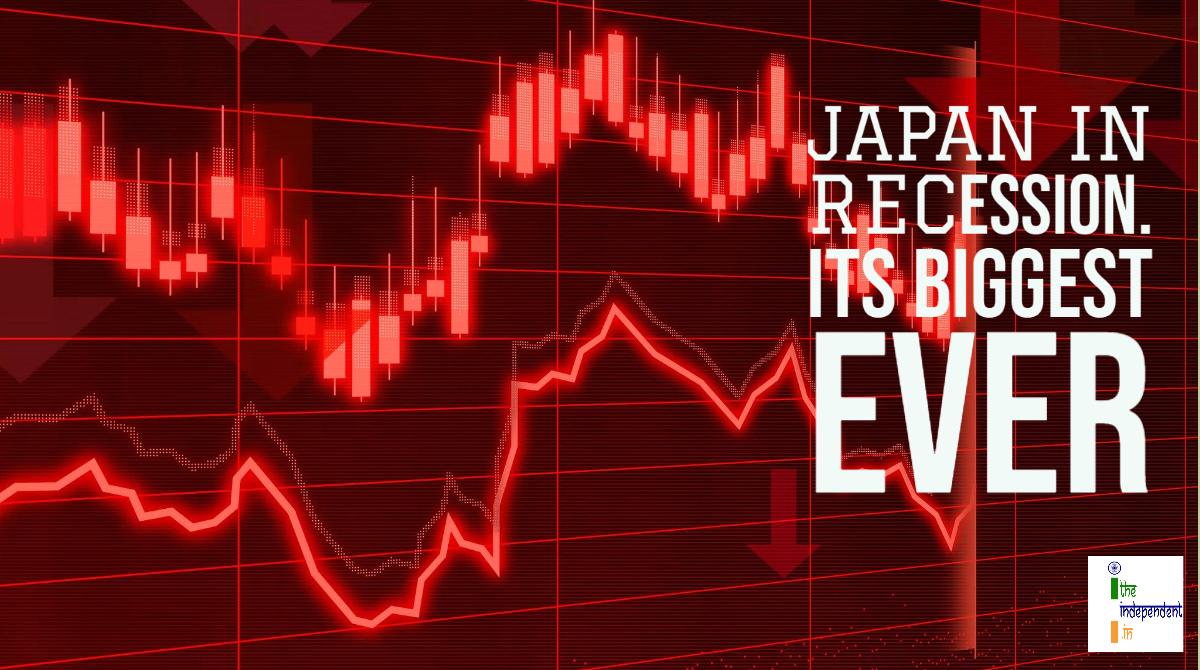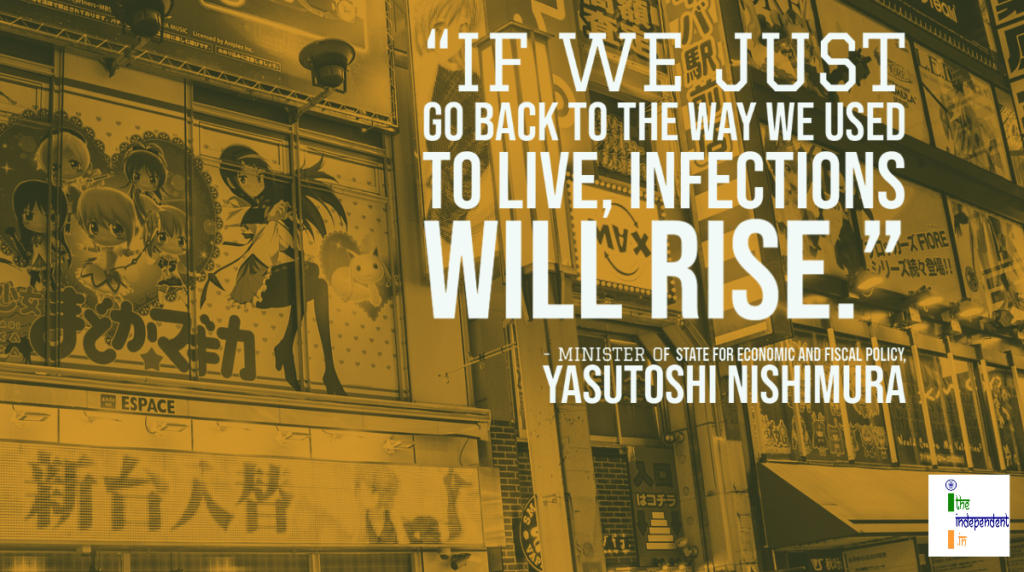
Japan recorded an annual decline of 27.8% after its Gross Domestic Product (GDP) contracted by 7.8% for the 2nd quarter of April-June 2020.
As per the data provided by the Cabinet Office of Japan, the world’s third-largest economy slipped into recession earlier this year, following two successive quarters of economic contraction. The economy got worse by the Coronavirus (COVID-19) outbreak. This is the 3rd successive quarter of decline for the Japanese economy, representing its worst performance since 1955.
Officially, if there are 2 continuous quarters of negative growth, the economy is believed to be in recession.
One of the major factors behind the slump was a severe decrease in domestic consumption, which accounts for more than half of Japan’s economy. In the 2nd quarter, the domestic consumption plunged 8.2%. This was driven by COVID-19 outbreak which forced people to stay at home. A sales tax hike of 10% imposed last year, also impacted the Japanese economy.
Adding to their pain was the export, which fell by 56% in the 2nd quarter. Japan’s exports are hugely dependent on China. As a matter of fact, the COVID-19 started from the Hubei Province of China. Capital expenditure, i.e., money spent on new equipment, land or buildings, declined 1.5% in the 2nd quarter.
While the economy has re-opened after the Government lifted a state of emergency in late May, the rising number of COVID-19 cases could further derail the economy. As per the Ministry of Health, Labour and Welfare of Japan, there are 55,426 cases of COVID-19 in the country and there have been 1,101 casualties.
Speaking on the occasion, the Minister of State for Economic and Fiscal Policy – Yasutoshi Nishimura said, “If we just go back to the way we used to live, infections will rise.”

He also said that the Government will undertake every possible measure to protect jobs and livelihood of its people.
Senior Economist at SuMi Trust, a Global Asset Services firm – Naoya Oshikubo, said, “A collapse in personal consumption… will be the largest single factor behind weak domestic demand. Personal consumption was particularly weak in April-May when the national state of emergency was in effect in Japan.”
The Prime Minister of Japan – Shinzo Abe had earlier announced a Government stimulus worth about of U.S. $ 2 trillion, including cash handouts, worker-retention subsidies and loan guarantees for businesses. This helped in preventing a surge in bankruptcies or the jobless rate.
Prior to this, in the 1st quarter of January-March 2020, the economy shrank 0.6%, and contracted 1.8% in the October-December 2019. As far as other economies are concerned, United States (U.S.) economy contracted at a rate of nearly 33% in the last quarter and United Kingdom (U.K.) saw a fall of 20.4%.
Oshikubo also predicts 2.6% growth for the July-September 2020 quarter. The recovery will likely be driven by rising domestic and external demand in addition to normalisation in Western nations as many countries’ lockdown measures are lifted.







